Refine search
Actions for selected content:
313 results in Books and Monographs
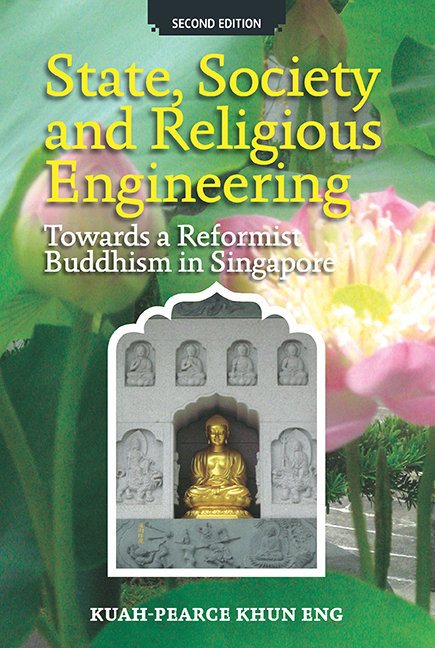
State, Society and Religious Engineering
- Towards a Reformist Buddhism in Singapore (Second Edition)
-
- Published by:
- ISEAS–Yusof Ishak Institute
- Published online:
- 21 October 2015
- Print publication:
- 20 October 2009

ISEAS Perspective
- Selections 2012-2013
-
- Published by:
- ISEAS–Yusof Ishak Institute
- Published online:
- 21 October 2015
- Print publication:
- 08 January 2014

Management of Success
- Singapore Revisited
-
- Published by:
- ISEAS–Yusof Ishak Institute
- Published online:
- 21 October 2015
- Print publication:
- 25 June 2010

Plugging into Production Networks
- Industrialization Strategy in Less Developed Southeast Asian Countries
-
- Published by:
- ISEAS–Yusof Ishak Institute
- Published online:
- 21 October 2015
- Print publication:
- 22 October 2009

Military Politics, Islam and the State in Indonesia
- From Turbulent Transition to Democratic Consolidation
-
- Published by:
- ISEAS–Yusof Ishak Institute
- Published online:
- 21 October 2015
- Print publication:
- 03 December 2008

Brick by Brick
- The Building of an ASEAN Economic Community
-
- Published by:
- ISEAS–Yusof Ishak Institute
- Published online:
- 21 October 2015
- Print publication:
- 14 November 2007

The Politics and Economics of Indonesia's Natural Resources
-
- Published by:
- ISEAS–Yusof Ishak Institute
- Published online:
- 21 October 2015
- Print publication:
- 13 June 2005

The Dancing Girl
- A History of Early India
-
- Published by:
- ISEAS–Yusof Ishak Institute
- Published online:
- 21 October 2015
- Print publication:
- 20 July 2011

Strategic Currents
- Issues in Human Security in Asia
-
- Published by:
- ISEAS–Yusof Ishak Institute
- Published online:
- 21 October 2015
- Print publication:
- 18 July 2011

Migration and Diversity in Asian Contexts
-
- Published by:
- ISEAS–Yusof Ishak Institute
- Published online:
- 21 October 2015
- Print publication:
- 15 October 2012
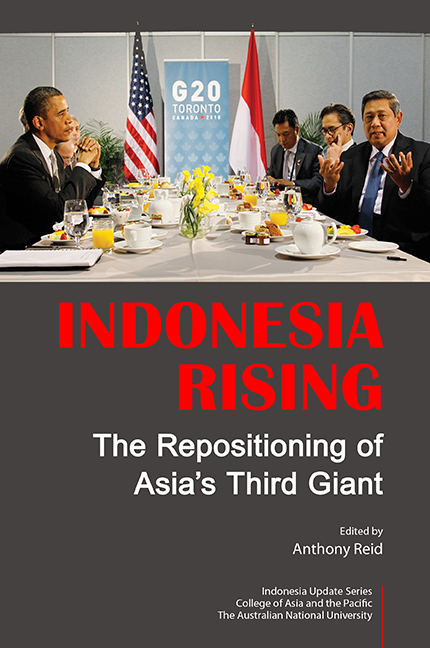
Indonesia Rising
- The Repositioning of Asia's Third Giant
-
- Published by:
- ISEAS–Yusof Ishak Institute
- Published online:
- 21 October 2015
- Print publication:
- 06 May 2012

Regional Outlook
- Southeast Asia 1994-95
-
- Published by:
- ISEAS–Yusof Ishak Institute
- Published online:
- 21 October 2015
- Print publication:
- 01 January 1994
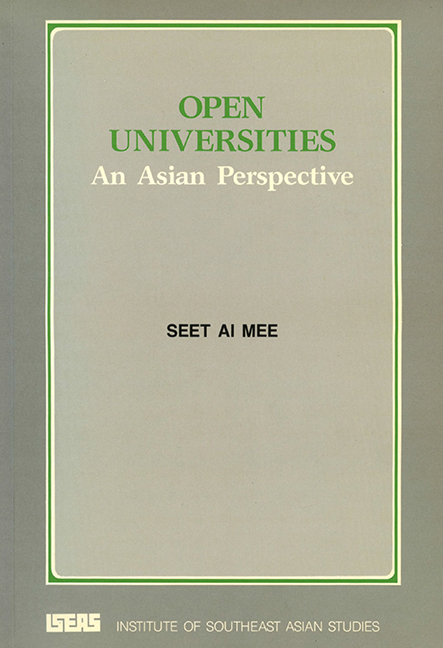
Open Universities
- An Asian Perspective
-
- Published by:
- ISEAS–Yusof Ishak Institute
- Published online:
- 21 October 2015
- Print publication:
- 01 January 1992

Currency and the Economy of Netherlands India, 1870-95
-
- Published by:
- ISEAS–Yusof Ishak Institute
- Published online:
- 21 October 2015
- Print publication:
- 01 March 2006
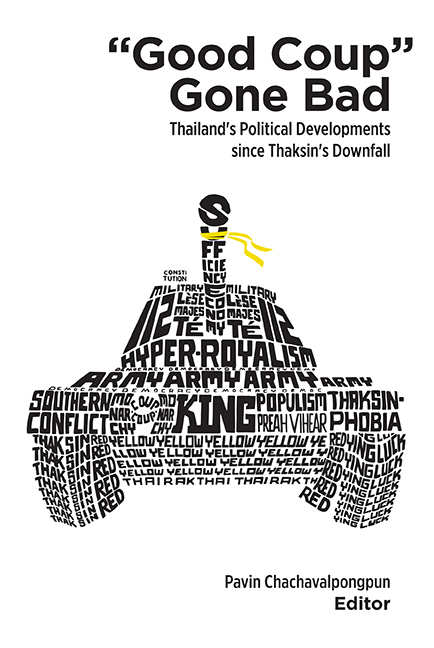
Good Coup Gone Bad
- Thailand's Political Development since Thaksin's Downfall
-
- Published by:
- ISEAS–Yusof Ishak Institute
- Published online:
- 21 October 2015
- Print publication:
- 18 June 2014
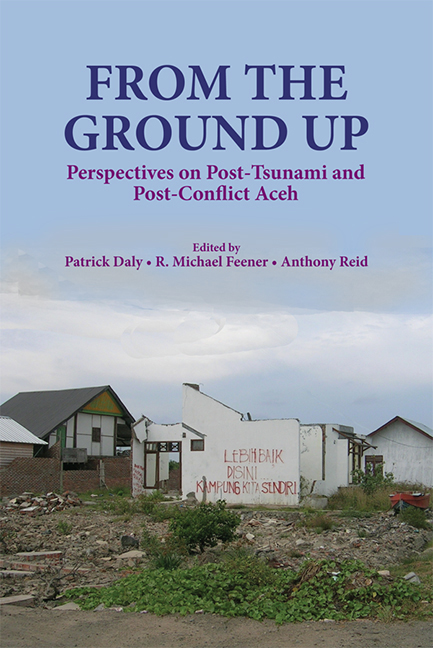
From the Ground Up
- Perspectives on Post-Tsunami and Post-Conflict Aceh
-
- Published by:
- ISEAS–Yusof Ishak Institute
- Published online:
- 21 October 2015
- Print publication:
- 06 February 2012
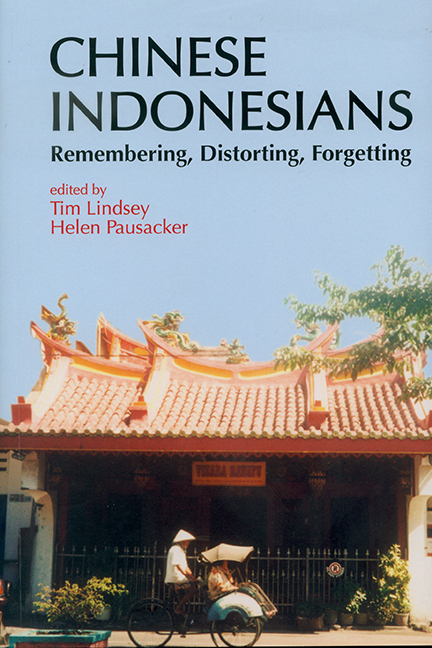
Chinese Indonesians
- Remembering, Distorting, Forgetting
-
- Published by:
- ISEAS–Yusof Ishak Institute
- Published online:
- 21 October 2015
- Print publication:
- 22 March 2005

Malaysia
- Islam, Society and Politics
-
- Published by:
- ISEAS–Yusof Ishak Institute
- Published online:
- 21 October 2015
- Print publication:
- 19 April 2003
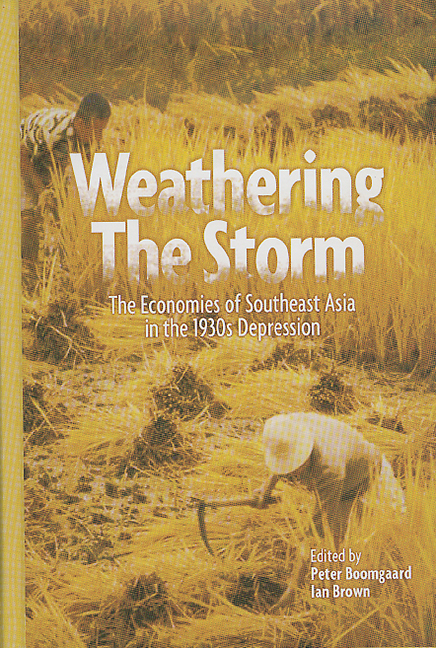
Weathering the Storm
- The Economies of Southeast Asia in the 1930s Depression
-
- Published by:
- ISEAS–Yusof Ishak Institute
- Published online:
- 21 October 2015
- Print publication:
- 05 January 2001

Malaysia
- Recent Trends and Challenges
-
- Published by:
- ISEAS–Yusof Ishak Institute
- Published online:
- 21 October 2015
- Print publication:
- 22 November 2005
